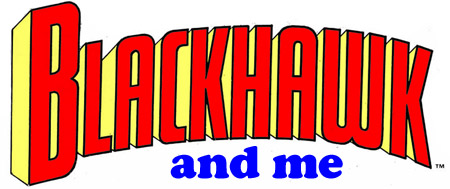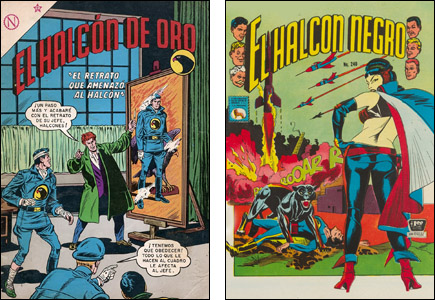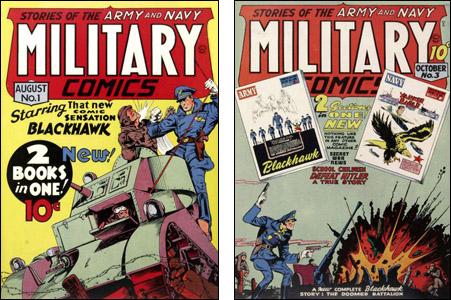Dark Horse Comics has announced the release dates for the next Groo mini-series…
The bumbling barbarian Groo has made quite a name for himself, traveling the land and cleaving a path of destruction and cheese dip. He is either so greatly feared or favored wherever he goes, Groo's earthly reputation causes a Groo deity to arise in the heavens! While Earthbound Groo hungers, his Divine Groo alter ego unleashes chaos! Plus, Sergio's legendary back cover Rufferto strips return! Groo: Gods Against Groo #1 (of 4) will be available at comic stores on December 21 2022.
And then you get #2 in January, #3 in February and…well, you can figure out the pattern.
As usual, Sergio Aragonés draws, he and I collaborate on the story and Stan Sakai letters. Groo remains one of the few comic books published today which is lettered the old-fashioned way: A talented calligrapher with pen and ink letters right on the same pieces of illustration board on which the artist draws. No computer involvement. We also have a letters page, which is something you don't see in many comic books these days.
Not so "as usual" is that this mini-series is the first one colored, not by Tom Luth who has been doing that Herculean task since 1983 (!), but by our new colorist, Carrie Strachan. Tom has retired from Groo coloring to pursue other, saner interests and we thank him for his long, superb service. The last Groo story he colored — and I hope it isn't the last ever — is the eight-pager that's appearing in the Comics For Ukraine benefit book. We hate to see Tom depart but we're really happy we found Carrie.

The four-issue Gods Against Groo mini-series is of a piece with two previous Groo mini-serieses — The Fray of the Gods and The Play of the Gods. All three will probably wind up in a big hardcover collection at some point.
Of possible interest is that, while there are a few different ways to count, Gods Against Groo seems to end with the 200th all-Groo comic book. We did eight issues for Pacific Comics, one special for Eclipse, then two graphic novels and 120 regular-sized issues of Groo for Marvel's Epic Line. That's 131 publications that had naught but Groo in them. Then we did twelve issues for Image Comics, which brings us to 143.
We moved to Dark Horse Comics in 1998. Not counting the mini-series which bows in December, we've done ten four-issue minis for them, one twelve-issue series and one anniversary special. If my math is correct, that takes us up to 196 Groo comics. So the last issue of this new four-issue series will be the 200th Groo comic book.
Now, there are other ways to figure this. We're counting the two graphic novels the same as regular-sized comics. We're ignoring the six issues of The Groo Chronicles that Marvel/Epic released since they were mostly reprint and we're ignoring all the paperback and hardcover reprints and reconfigurations of this material. We're also not counting all the short Groo stories that have appeared here and there in other publications and we are counting the Groo/Conan mini-series and the Groo/Tarzan mini-series. But no matter how you figure it, it's a whole mess o' Groo.





